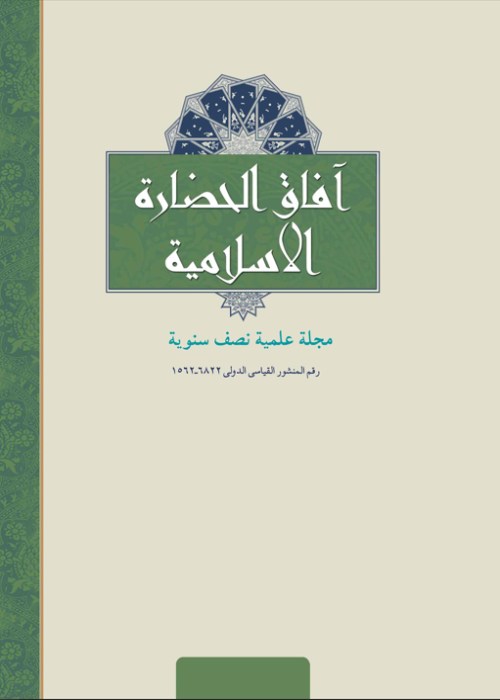The ideologicalization of poetryBased on a poem attributed to Fatimah (PBUH)
One of the unwritten literary traditions is that some poems are gradually narrated and expanded by attributing them to the great and famous people of a nation or civilization. In the meantime, there are poems that have undergone all kinds of changes - increase, decrease or change - for various political, social or ideological reasons. These poems gradually go beyond the realm of linguistic rhetoric and enter the climate of ideology. The analysis of these poems can also affect various historical and social contexts of literary developments and reveal unknown aspects of literary criticism. In addition to the content of these poems, focusing on attributing them to influential and famous people can also show the trend of social and cultural change, because one of the most important tools of ideological structures is to rely on the potential of influential people. One of these poems is an elegy attributed to Fatima (PBUH) who has taken different roles in various historical and social contexts. This poem has undergone many changes both in terms of quantity and quality and has been considered in different ways in different periods and geographical areas. Our main goal is to study the transformations of this poem. These changes can also show how a literary text can gradually become an ideological manifesto, and in proportion to these changes, the overall structure of the poem itself can change. Examining this poem as a model of ideological changes in a text can help us in a more general analysis. Also, by examining the changed forms and increases that occur in the following centuries, we can find out who tried to gradually turn this emotional poem into a religious and ideological manifesto, and what the motivations for doing so were. The general trend of poetry changes can also show a picture of the extent of ideological influence in different periods. To analyze this poem, we first divided historical and literary sources into three categories: old sources, middle sources and new sources. Old sources include works written until the end of the fourth century AH. Middle sources include books written from the beginning of the fifth century AH to the end of the ninth century AH. New sources also refer to sources that were written after the tenth century AH. The overall content of these resources is not the same. Some of them are literary books, some are hadith books, some are theological books that contain the most ideological changes, and some are sources that have been written with historical and geographical approaches. Each category of sources is evaluated according to the time of writing and the authors, and then the "quantity" and "quality" of the poems of the elegy quoted in them are examined. Then, the data obtained from these studies are evaluated and the type of changes is identified. This poem is generally attributed to four people in historical sources that three of them are women and one is an unknown man. Studies based on stylistics, history of literature and bibliography shows that most likely, the author of this poem is Hind Bint Osasa and not Fatimah Zahra (PBUH). This can show how poetry, in the process of changing from a literary to an ideological text, undergoes extra-textual changes and the original poet is gradually overshadowed. The results of our research show that this poem is very short and concise in ancient sources and has been attributed to various people. In the middle sources, the trend of poetry changes can be traced in a specific way: the poem becomes longer and its verses increase, and more emphasis is placed on its attribution to Fatimah Zahra (PBUH). In new sources, the elegy increases in quantity and significant changes occur in its themes. These changes are mostly based on ideological issues and religious differences that have emerged among Muslims after the death of the Prophet Muhammad (PBUH). These changes can provide a narrative of social and historical changes in the geography of the Islamic world. Although the attempt to find the real poet of this poem did not reach a definite result, but it showed that this poem was not composed by Fatimah Zahra (PBUH) and some verses of it were probably composed by Hind Bint Osasa and other verses were gradually added to it. This poem is the result of a social project that has been done in a historical process with the aim of highlighting ideological aspects.
- حق عضویت دریافتی صرف حمایت از نشریات عضو و نگهداری، تکمیل و توسعه مگیران میشود.
- پرداخت حق اشتراک و دانلود مقالات اجازه بازنشر آن در سایر رسانههای چاپی و دیجیتال را به کاربر نمیدهد.


